Recently, Telegram’s first-born son , the official crypto token: Ton (The Open Network) has started to gain popularity
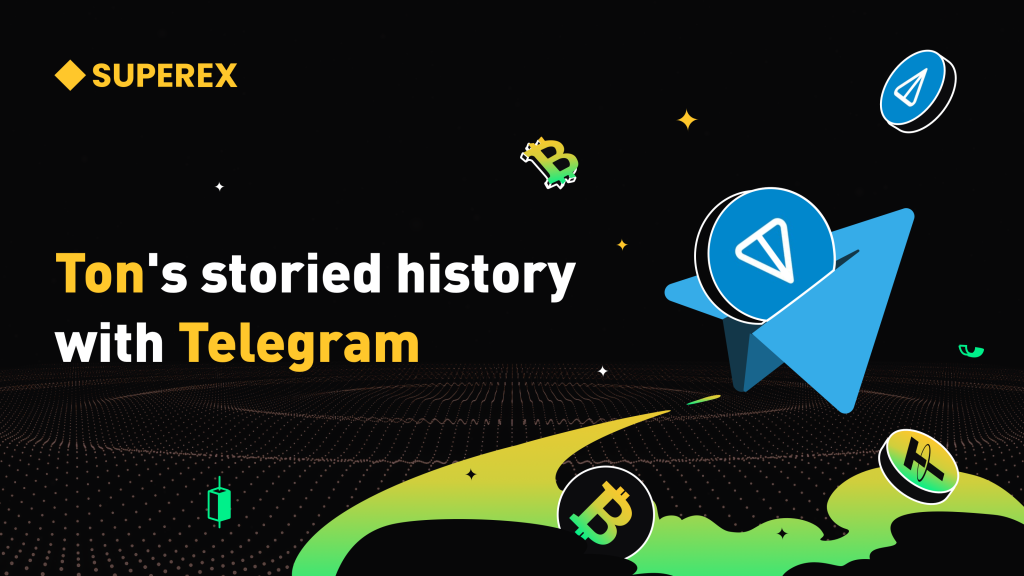
Introduction
$TON — The open network, a project that has been dormant for a long time and has almost gone unnoticed, has recently ignored market fluctuations and steadily risen. Its market value is quietly about to squeeze into the top ten.
That’s crazy!
Especially since $Ton was once Telegram’s own project, the open network is full of legendary .
What is TON?
What is the difference from a regular public chain?
Why is it said to be Telegram’s first-born son?
Today SuperEx will take you to a detailed interpretation of The Open Network.
- Click to register SuperEx
- Click to download the SuperEx APP
- Click to enter SuperEx CMC
- Click to enter SuperEx DAO Academy — Space
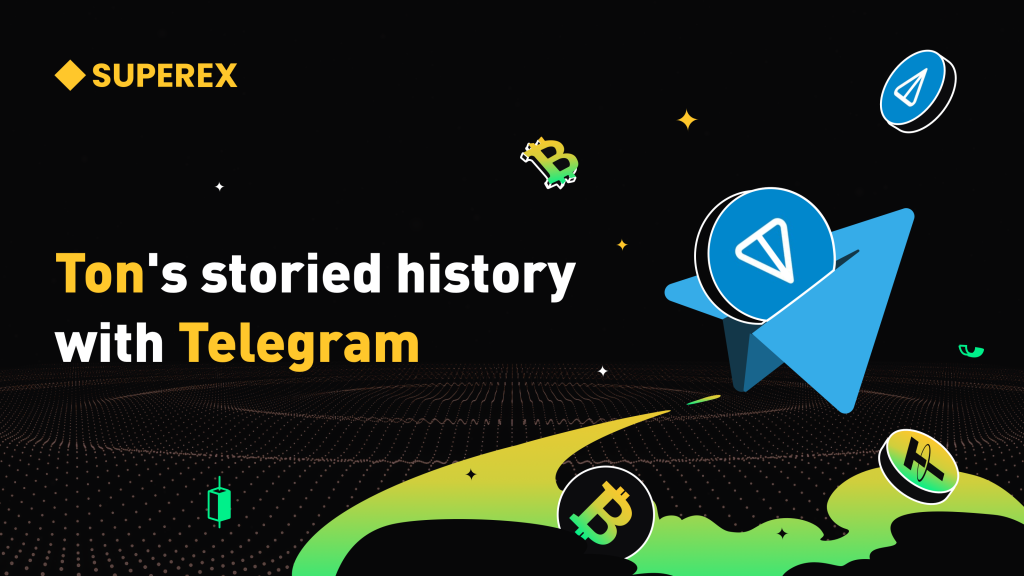
Briefly Talking about Ton
What is Ton? This question is very easy to answer, and there is a clear answer on the official website. Let’s take a look:
Open Network (TON) is a fast, secure, and extendable blockchain and network project that can process millions of transactions per second when necessary, and is user-friendly and service provider friendly. This project aims to enable it to host all reasonable applications currently proposed and envisioned. People may view TON as a massive distributed supercomputer, or more precisely, a massive “super server” designed to host and provide various services.
The initial vision of Ton’s launch was actually to solve the speed and scalability issues of traditional blockchain technologies such as Bitcoin and Ethereum by creating an efficient blockchain system.
The vision does indeed meet the demand point, but unfortunately, there is not much trading volume on TON, so the processing efficiency of claiming millions of transactions per second is definitely not up to limit, and there is no way to verify it.
As for $Ton, it is a cryptocurrency based on The Open Network (TON), especially its main chain and basic work chain. It is used to make the necessary deposits to become a verifier; Transaction fees, gas payments (i.e. smart contract message processing fees), and persistent storage payments are usually charged in the form of TON coins.
The purpose of Ton Coin is as follows
· The shares deposited by the verifier are eligible to verify the transaction and generate new blocks and coins.
· Voting rights to support or oppose changes to protocol parameters.
· Revenue (gas) is paid to the verification node as a reward for processing transactions and smart contracts under PoS consensus.
· The loans provided to verifiers are based on a portion of their rewards.
· Services and options for payment TON services, TON storage, TON DNS, TON proxy, and TON WWW implementation. Especially to bypass censorship, store data, conceal identities, and use blockchain based domain names.
Although currently, Ton’s popularity is returning and even squeezing into the top of cryptocurrency market capitalization, it cannot be denied that for a long time in the past, Ton was in a state of no one paying attention.
Can you imagine that such a project was once promoted by a social giant like Telegram? And what exactly happened when Ton received financing of up to $1.7 billion?
TON and Telegram’s Development History
Let’s take a timeline as the main thread and sort out the history of Ton and Telegram.
2018
The founders of Telegram Messenger, Pavel and Nikolai Durov, decided to design their own Layer 1 blockchain, which was then called Telegram Open Network, in order to fill the gap in blockchain Layer 1’s inability to support Telegram’s billion user base. Only then did TON (then called Grams) successfully raise (privately) $1.7 billion through Telegram’s influence.
2019
The Telegram team released a white paper on TON, which detailed the design of TON blockchain and launched two TON testing networks, one in the spring of 2019 and the second in November 2019.
The turning point of things also occurred during this year.
This year, the newly established Telegram Open Network was sued by the US Securities and Exchange Commission (SEC), which accused its parent company Telegram of issuing unregistered securities. Telegram claims that the SEC’s allegations are unfounded, but agrees to postpone TON’s launch until legal issues are resolved.
2020
The Telegram team reached a settlement with the US Securities and Exchange Commission, forcing them to stop working on The Open Network, pay a settlement fee of $18.5 million, and agree to return the 1.7 billion raised from private equity to investors. In order to avoid the team’s work stoppage affecting the development of the project and to encourage enthusiasts to continue researching the technology, the Telegram team put all available tokens in the network into smart contracts, allowing anyone to mine fairly. This move also laid the groundwork for Ton’s resurgence in the future.
From 2020 to 2021
A small team of open-source developers, New Ton, conducted in-depth research on Ton’s code base, framework, and documentations. They followed the design in TON’s original documentation and restarted active development of TON.
May 2021
Test Network 2 has remained stable for a long time, and the community voted to rename it Mainnet. The New Ton team has also been renamed as the Ton Foundation.
April 2022
TON Foundation announced the establishment of an ecosystem fund of 250 million dollars, which is funded by exchanges and institutions such as Huobi, KuCoin, MEXC, 3Commas Capital, and TON Miners.
At the same time, the foundation raised $527 million from 176 independent users, all of which were voluntary donations from miners.
June 2022
TON POW mining has ended, with users mining approximately 200000 TON per day. Meanwhile, DWG Labs has joined its $25 million TON accelerator program, which will contribute to token economics, market making, and liquidity provision for the TON ecosystem. The support of DWG Labs includes investment and other ecosystem services.
February 2023
TON VOTE has passed a “TON Token Economy Model Optimization Proposal”, which proposes to temporarily freeze inactive mining wallets for 48 months. These wallets have never been activated and there have been no outgoing transfers in their history. At present, there are 171 inactive mining wallets, which hold over 1.081 billion TONs, accounting for about 21% of the total supply of TONs at that time.
What are the characteristics of TON coin?
In addition to processing millions of transactions per second, the ecosystem based on TON blockchain may also generate a real Web3.0 Internet with decentralized storage, anonymous network, DNS, instant payment and various decentralized services.
· ON Blockchain: The core of this platform is a unique blockchain with a scalable and flexible architecture, consisting of a main chain and up to 292 accompanying blockchains. The methods implemented in TON ensure that it can fulfill its bold promise of processing millions of transactions per second.
· TON service: TON service provides a multifunctional platform for third-party services. It provides a smartphone like user-friendly interface for decentralized applications and smart contracts, as well as a decentralized browsing experience similar to the World Wide Web. TON provides searchable decentralized services and application registry.
· TON Payments: TON Payments is a small payment platform and a network of small payment channels. It can be used for real-time off chain value transfer between users, robots, and other services. The built-in protection measures in the system ensure that these transmissions are as secure as on chain transactions.
· TON DNS: TON DNS makes blockchain mainstream by assigning human readable names to account smart contracts, services, and network nodes. Using TON DNS to browse blockchain becomes similar to browsing the World Wide Web.
· TON proxy: TON proxy is the network proxy/anonymizer layer of TON nodes. Similar to 12P, it allows for the construction of decentralized VPN services and blockchain based TOR alternatives to achieve anonymity and protect online privacy. Combined with TON P2F network and TON DNS, TON proxies protect dispersed applications from censorship.
· TON storage: TON storage is a distributed file storage technology that can be accessed through the TON P2F network. For simplicity, consider a better Dropbox version. This torrent like technology relies on the availability of smart contracts and has strong potential in storing and exchanging large amounts of data.
Overall, despite Telegram’s withdrawal from TON, the community and independent developers continue to drive projects related to TON. These projects inherit TON’s name and some technical concepts, but are no longer directly related to Telegram official.
Currently, multiple independent projects related to TON are in operation, but they are all community driven rather than directly controlled or managed by Telegram.


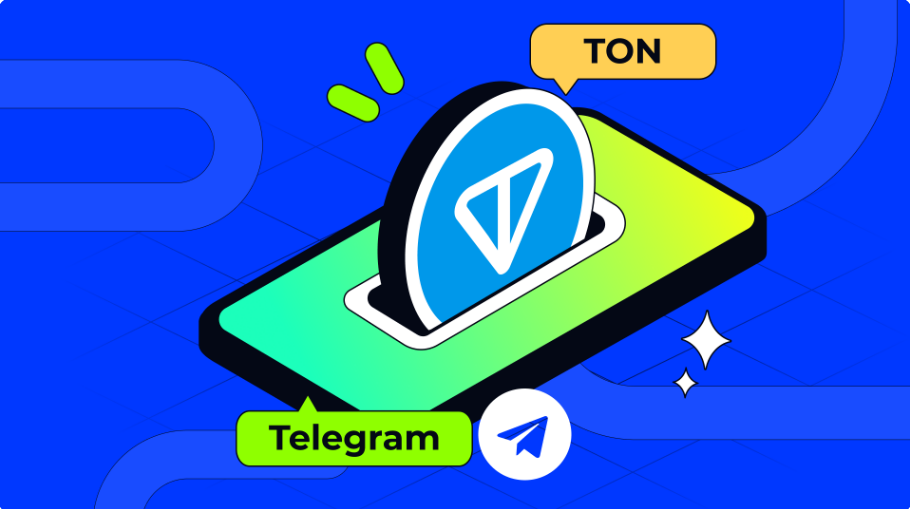
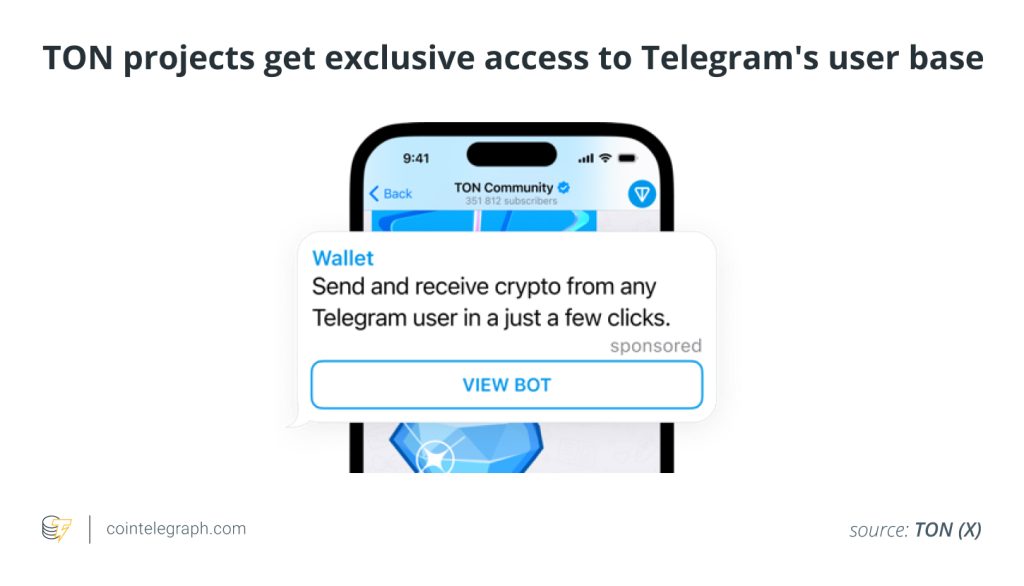
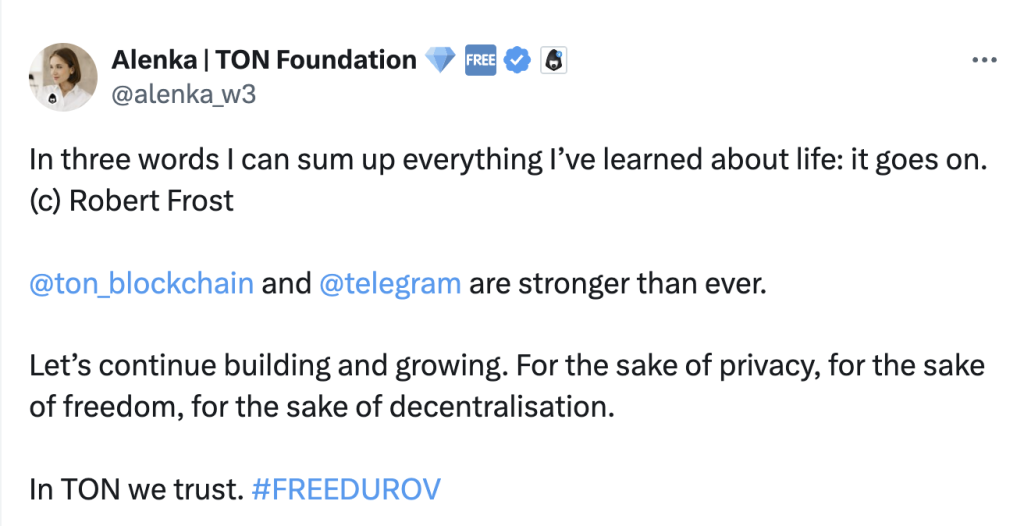
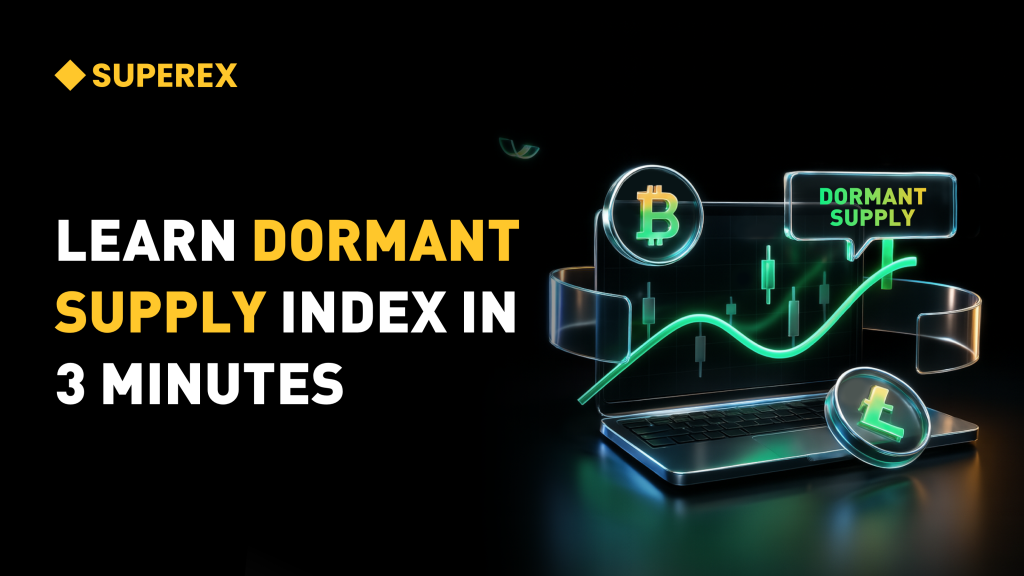
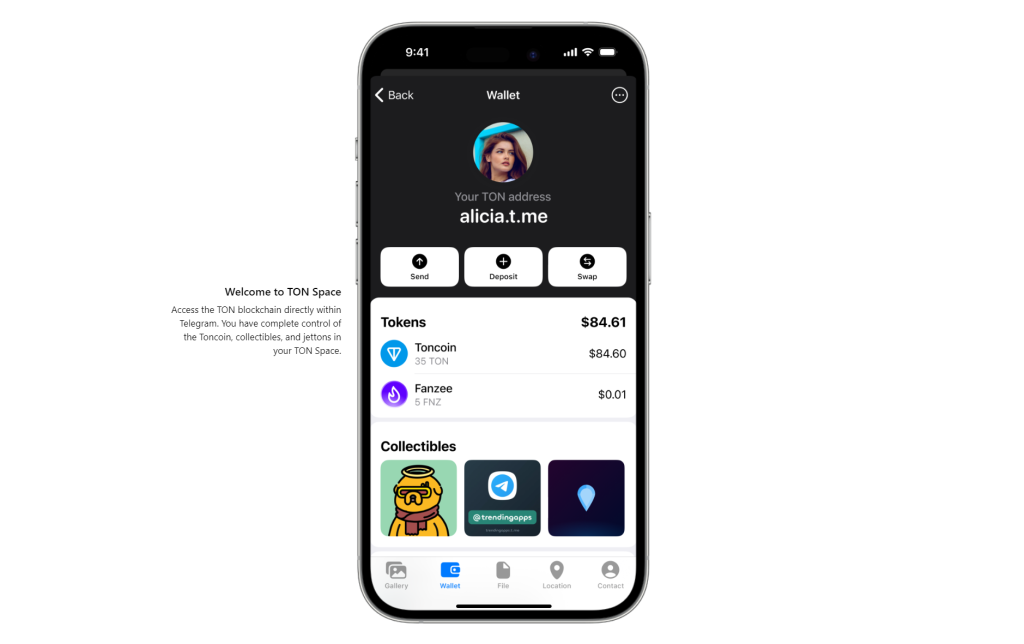
Responses